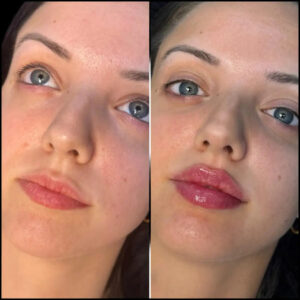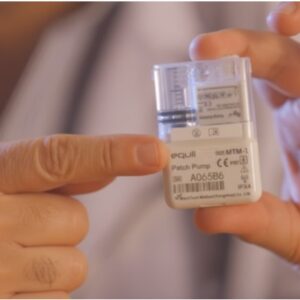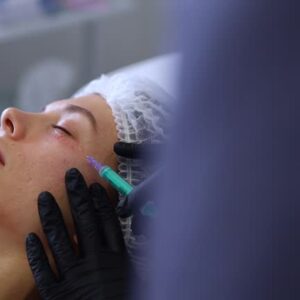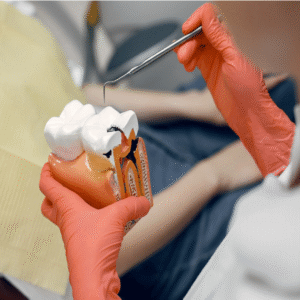Hair loss is a concern that affects both men and women globally, often impacting confidence and self-image. With the increasing number of people experiencing thinning hair or receding hairlines, modern science has paved the way for advanced treatments. One of the most talked-about solutions today is PRP, or Platelet-Rich Plasma therapy. But the big question remains: Can the best PRP hair treatment actually regrow hair?
This isn’t just a marketing buzzword or a short-lived beauty trend. PRP is based on real science and taps into the body’s own healing mechanisms. People who are exploring options for hair restoration are frequently coming across this term—and with good reason. In fact, many individuals who undergo this treatment report positive changes, sparking discussions and curiosity across online platforms and real-life testimonials. If you’re researching the Best PRP Hair Treatment in Dubai, you’re likely already intrigued by the promising results PRP claims to offer.

What is PRP and How Does It Work?
PRP stands for Platelet-Rich Plasma, a concentrated serum derived from your own blood. The process starts by drawing a small amount of blood from your body, which is then spun in a centrifuge to isolate the platelets. These platelets are rich in growth factors that play a significant role in healing and tissue regeneration. Once extracted, the platelet-rich portion is injected directly into areas of the scalp where hair thinning or loss has occurred.
The purpose of this injection is to stimulate inactive or newly implanted hair follicles into an active growth phase. Since PRP is a natural substance coming from your own body, it’s considered safe, with minimal risk of allergic reaction or side effects.
Does PRP Regrow Hair?
The honest answer is: yes, but with some important considerations. PRP is not a magical overnight fix, but rather a process that encourages natural hair growth over time. Studies and clinical observations show that PRP can:
-
Increase hair count
-
Improve hair thickness
-
Strengthen existing hair
-
Extend the growth phase of the hair cycle
However, PRP works best for people who are in the early stages of hair loss or experiencing thinning hair, rather than complete baldness. It stimulates existing follicles—so if a hair follicle is completely dormant or destroyed, PRP may not be able to revive it.
The Science Behind It
The platelets used in PRP contain a variety of growth factors including PDGF (Platelet Derived Growth Factor), VEGF (Vascular Endothelial Growth Factor), and TGF (Transforming Growth Factor). These components help to regenerate tissue, promote blood vessel formation, and encourage cellular growth—elements essential for hair follicle health and function.
The injected growth factors enhance the microenvironment around hair follicles. Improved blood supply means more nutrients and oxygen are delivered to the scalp, which can reactivate weakened follicles and improve overall hair density.
What to Expect from PRP Hair Treatment
PRP therapy isn’t a one-time procedure. For optimal results, most people require multiple sessions spaced several weeks apart, followed by maintenance treatments every few months. Visible results typically start appearing around the third month, with continued improvement for up to a year.
Consistency is key. People who stick to a tailored treatment plan generally see much better outcomes compared to those who try it once and stop. It’s also important to follow aftercare guidelines, such as avoiding harsh hair products or aggressive styling immediately after the procedure.

PRP vs. Other Hair Regrowth Methods
Unlike topical treatments or medications, PRP doesn’t introduce foreign substances to the body. This makes it appealing to individuals who want a more natural solution. While some medications can cause side effects like hormonal imbalances or scalp irritation, PRP is generally well-tolerated.
Also, PRP can be combined with other hair restoration methods such as micro needling, laser therapy, or even hair transplants to amplify results. Its adaptability makes it a valuable component of a personalized hair restoration plan.
Is It Worth It?
The effectiveness of PRP depends on several factors including age, genetics, lifestyle habits, and the severity of hair loss. Those with active hair follicles tend to respond better to treatment than those with long-term, untreated baldness. That said, PRP offers a scientifically-backed, minimally invasive way to regain fuller, healthier hair.
Many people find it a worthwhile investment—especially when performed by experienced professionals using advanced techniques and protocols. But like any cosmetic or medical procedure, results can vary. It’s important to manage expectations, understand that it’s a gradual process, and commit to a proper care routine.
Final Thoughts
If you’re struggling with thinning hair and looking for a solution that’s safe, natural, and rooted in scientific research, PRP may be a strong contender. While it’s not an instant cure, consistent treatment can lead to noticeable improvements in hair volume and strength. Ultimately, whether you’re dealing with early-stage hair loss or simply want to boost your hair’s vitality, PRP offers a hopeful and progressive option.
For those exploring the Best PRP Hair Treatment Dubai, understanding the science behind the procedure and setting realistic goals will help you make an informed decision. With the right approach, PRP can indeed support hair regrowth and restore not just your hair, but your confidence too.






